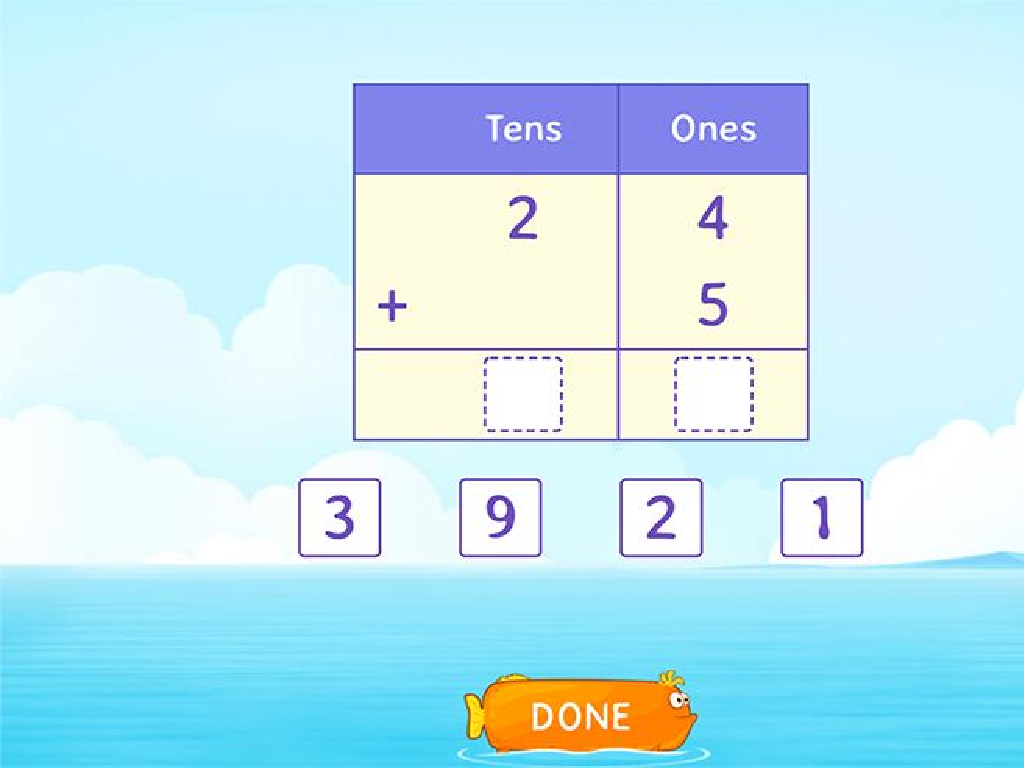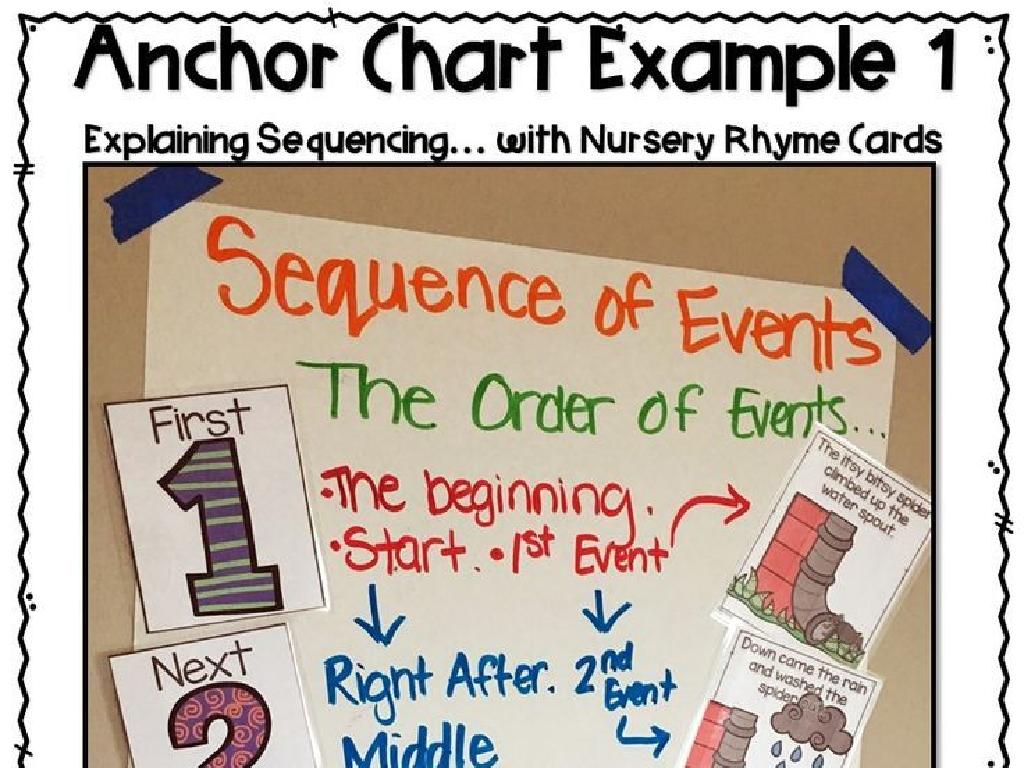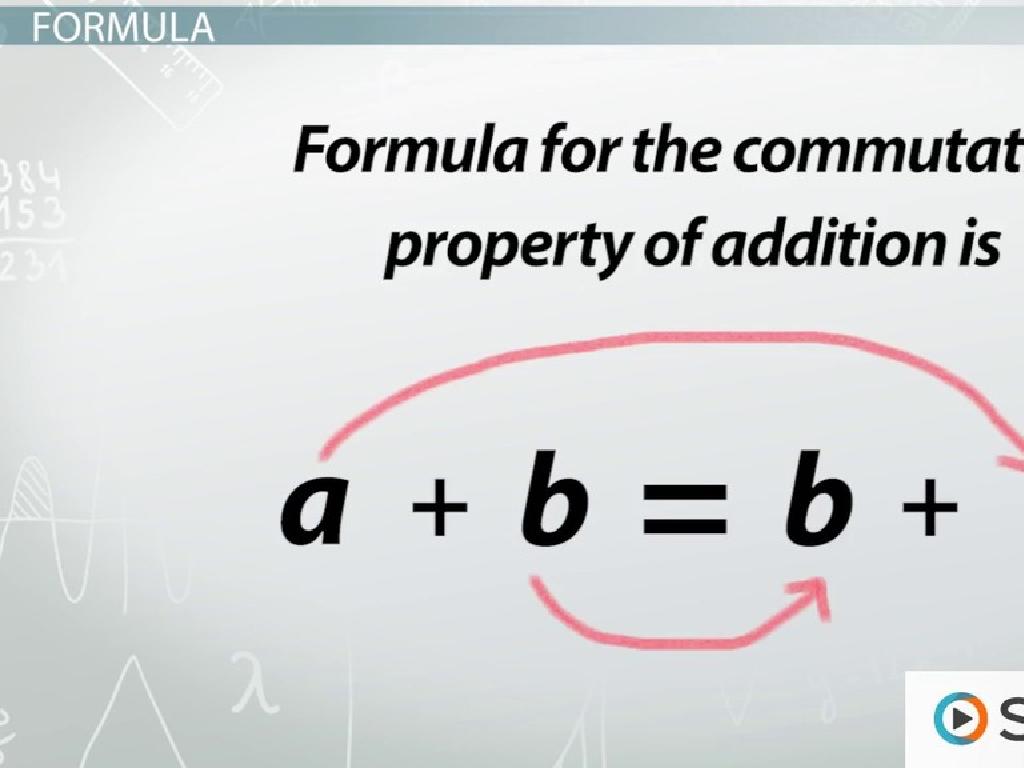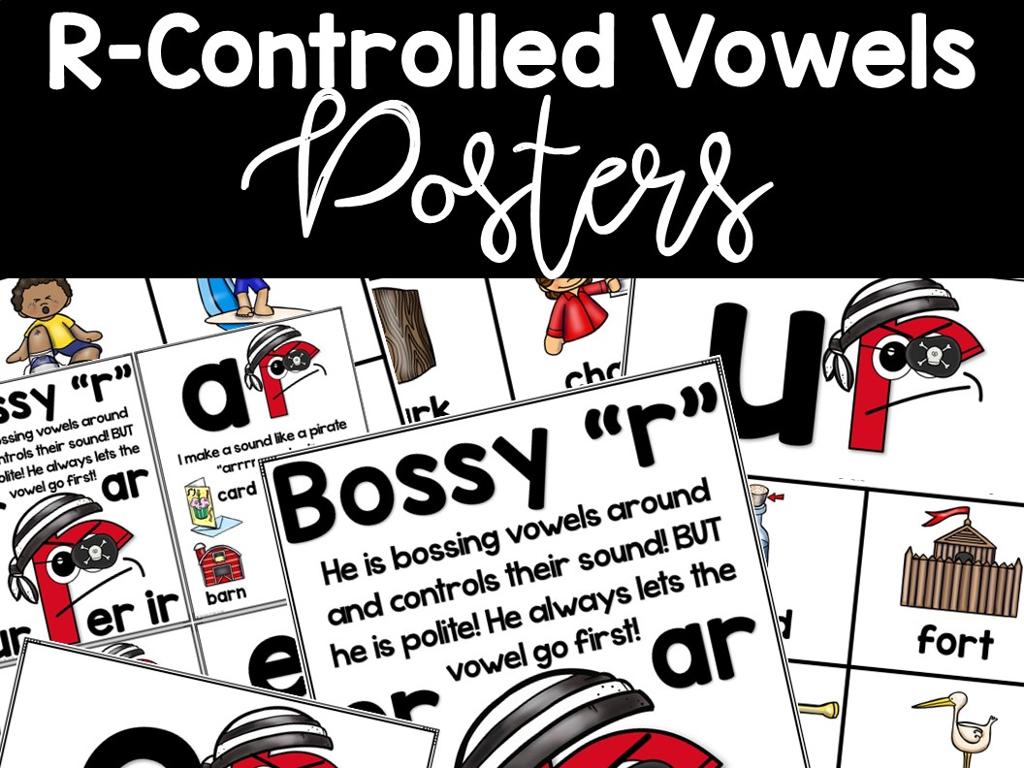Abbreviate Units Of Measurement
Subject: Language arts
Grade: Fifth grade
Topic: Abbreviations
Please LOG IN to download the presentation. Access is available to registered users only.
View More Content
Introduction to Abbreviations
– What are abbreviations?
– Shortened forms of words or phrases
– Why use abbreviations?
– To save time and space in writing
– Examples in daily life
– e.g., Dr. for Doctor, Jan. for January
– Practice abbreviation skills
|
Begin the lesson by explaining that abbreviations are shorter versions of words or phrases, which make writing and reading quicker and more efficient. Discuss the practicality of using abbreviations in everyday writing, such as taking notes or writing in a calendar. Provide common examples that the students may encounter regularly, like abbreviating months of the year or titles before names. Encourage students to think of abbreviations they already know and use. As an activity, have students practice writing sentences with abbreviations and then expand them into their full forms to ensure understanding.
Abbreviating Units of Measurement
– What are units of measurement?
– Common measurement abbreviations
– Examples: inches (in), pounds (lb), seconds (sec)
– Measuring accurately matters
– Accurate measures are crucial in recipes, construction, and science
– Practice abbreviation skills
– Find examples in cookbooks, building kits, or science experiments
|
This slide introduces students to the concept of units of measurement and their abbreviations, which are shortened forms of words used to represent the units. Emphasize the importance of using these standard abbreviations to ensure clear and accurate communication, especially in activities like cooking, building, or conducting experiments. Encourage students to practice by identifying units of measurement in real-life scenarios and using the correct abbreviations. Provide examples and have students practice writing these abbreviations to reinforce their learning.
Abbreviating Length Units
– Abbreviate inch as ‘in.’
– Abbreviate foot as ‘ft.’
– Abbreviate yard as ‘yd.’
– Abbreviate mile as ‘mi.’
|
This slide introduces students to the standard abbreviations for units of length, which are commonly used in various contexts such as math, science, and everyday life. Ensure that students understand that these abbreviations are a shorter way to write units of measurement without changing their meaning. Have them practice by measuring items in the classroom and writing down the measurements with the correct abbreviations. Encourage them to remember these abbreviations as they will be useful for future lessons and in practical situations.
Abbreviating Volume and Weight Units
– Abbreviate cup as ‘c.’
– Pint becomes ‘pt.’
– Quart is shortened to ‘qt.’
– Gallon is abbreviated as ‘gal.’
– Ounce is written as ‘oz.’
– Pound is abbreviated to ‘lb.’
|
This slide introduces students to the standard abbreviations for common units of volume and weight. Understanding these abbreviations is important for reading recipes, science experiments, and understanding measurements in various contexts. Make sure to emphasize that these abbreviations are used to make writing and reading measurements more efficient. You can engage the class by asking them to measure different items in the classroom and write down the measurements using the correct abbreviations. Additionally, you can provide examples of where they might encounter these abbreviations in real life, such as in cooking or at the grocery store.
Abbreviating Time Units
– Second becomes ‘sec.’
– Minute turns into ‘min.’
– Hour is abbreviated as ‘hr.’
– Day is shortened to ‘d.’
– ‘d.’ is used for day in calendars and schedules
|
This slide introduces students to the standard abbreviations for units of time, which are commonly used in writing to save space and create clarity. It’s important for students to recognize and use these abbreviations correctly, especially when taking notes or reading schedules. Encourage students to practice by writing out the full word and its abbreviation, and to use them in context. For example, they could write about their daily schedule using the abbreviations for the units of time. This will help them become familiar with the abbreviations and understand how they are used in everyday writing.
Using Abbreviations in Sentences
– Writing abbreviations correctly
– Abbreviations are shorter forms of words or phrases.
– Example: ‘The race is 5 km long.’
– ‘km’ stands for kilometer, a unit of length.
– Practice writing with abbreviations
– Create a sentence using a measurement abbreviation like ‘in.’, ‘ft.’, or ‘cm.’
|
This slide is aimed at teaching students how to correctly use abbreviations for units of measurement in sentences. Start by explaining that abbreviations are shortened forms of words that make writing more efficient. Provide examples of common abbreviations such as ‘km’ for kilometer, ‘in.’ for inches, ‘ft.’ for feet, and ‘cm.’ for centimeters. Encourage students to practice by writing their own sentences using these abbreviations. For example, they could write ‘The table is 3 ft. wide.’ or ‘I need 10 cm. of ribbon for my craft.’ This exercise will help them become familiar with using abbreviations in their writing.
Class Activity: Measurement Hunt
– Find items to measure in class
– Record measurements with abbreviations
– Use abbreviations like in, ft, yd, cm, m
– Share your measurement findings
– Learn unit abbreviations
– Understand abbreviations for inches (in), feet (ft), yards (yd), centimeters (cm), meters (m)
|
This interactive activity is designed to help students learn and practice abbreviating units of measurement. Students will search the classroom for items to measure, using rulers or tape measures. They should write down each measurement with the correct abbreviation, reinforcing their understanding of units like inches, feet, yards, centimeters, and meters. After measuring, students will share their findings with the class, providing an opportunity for peer learning. For the teacher: prepare a list of items beforehand that students can measure, ensure there are enough measuring tools for each student, and assist students in understanding how to correctly abbreviate each unit of measurement. Consider creating a chart on the board for shared findings to facilitate discussion.
Conclusion: Units of Measurement Abbreviations
– Recap: Abbreviations for units
– Importance of knowing abbreviations
– Abbreviations save time and space in writing and are universally recognized.
– Quick quiz: Match units to abbreviations
– Example: Match ‘kilometer’ with ‘km’, ‘liter’ with ‘L’
– Review and clarify doubts
|
As we wrap up, let’s review the abbreviations for units of measurement we’ve learned. Understanding these is crucial because they are used in everyday life, from following recipes to measuring distances. They help us communicate clearly and efficiently. Conduct a quick quiz where students match units with their correct abbreviations to reinforce their learning. Use this opportunity to address any confusion and ensure that students feel comfortable with the abbreviations before moving on. Encourage participation and make the review interactive.






